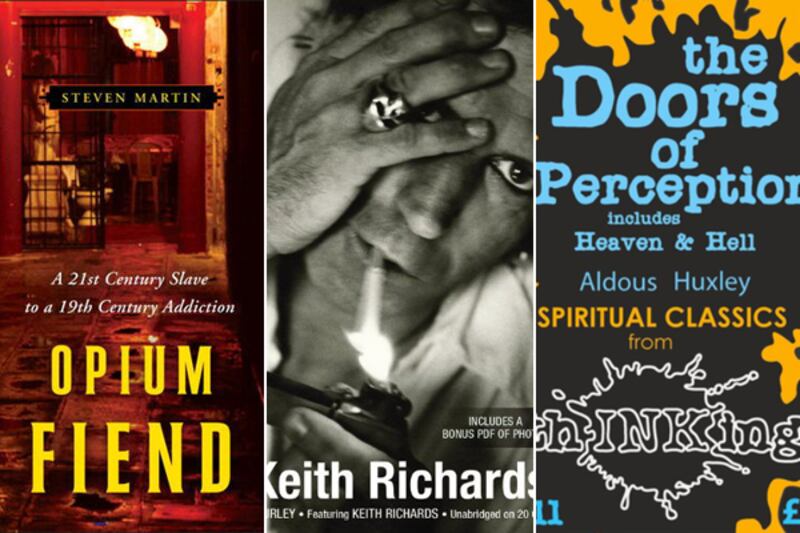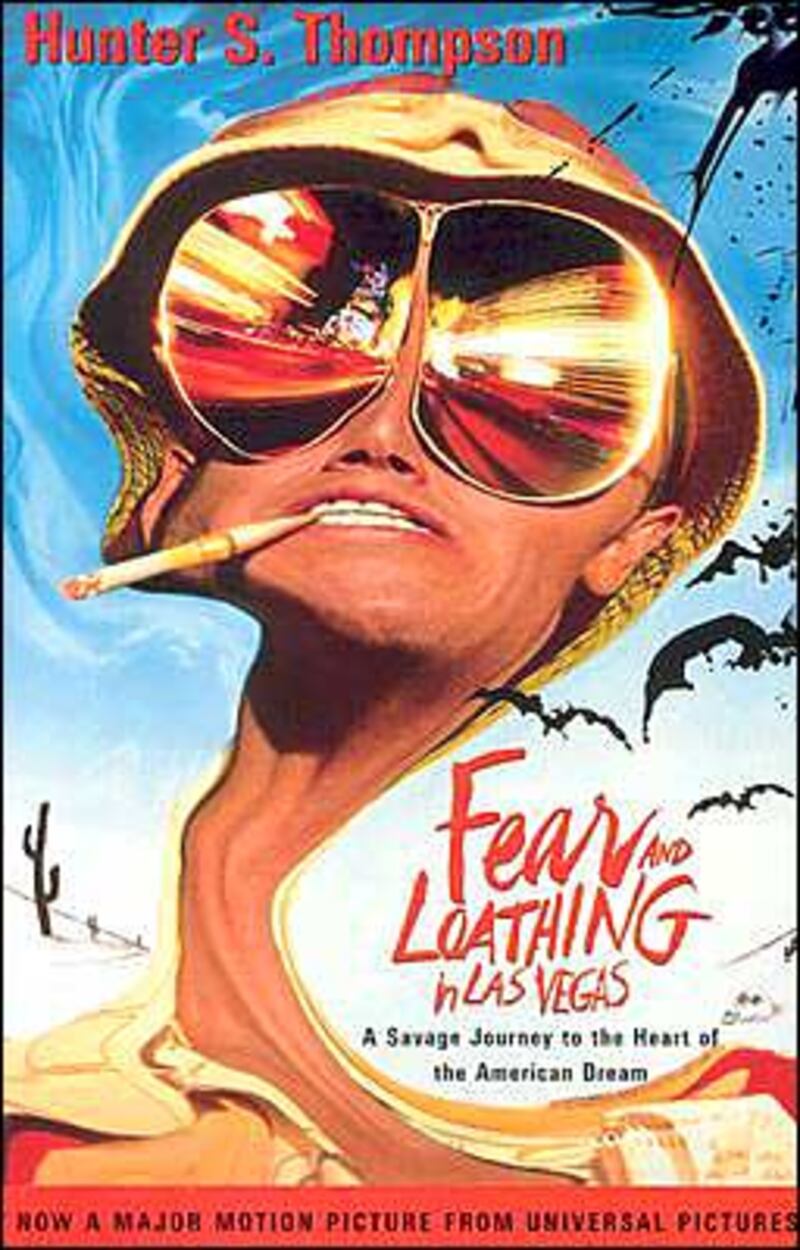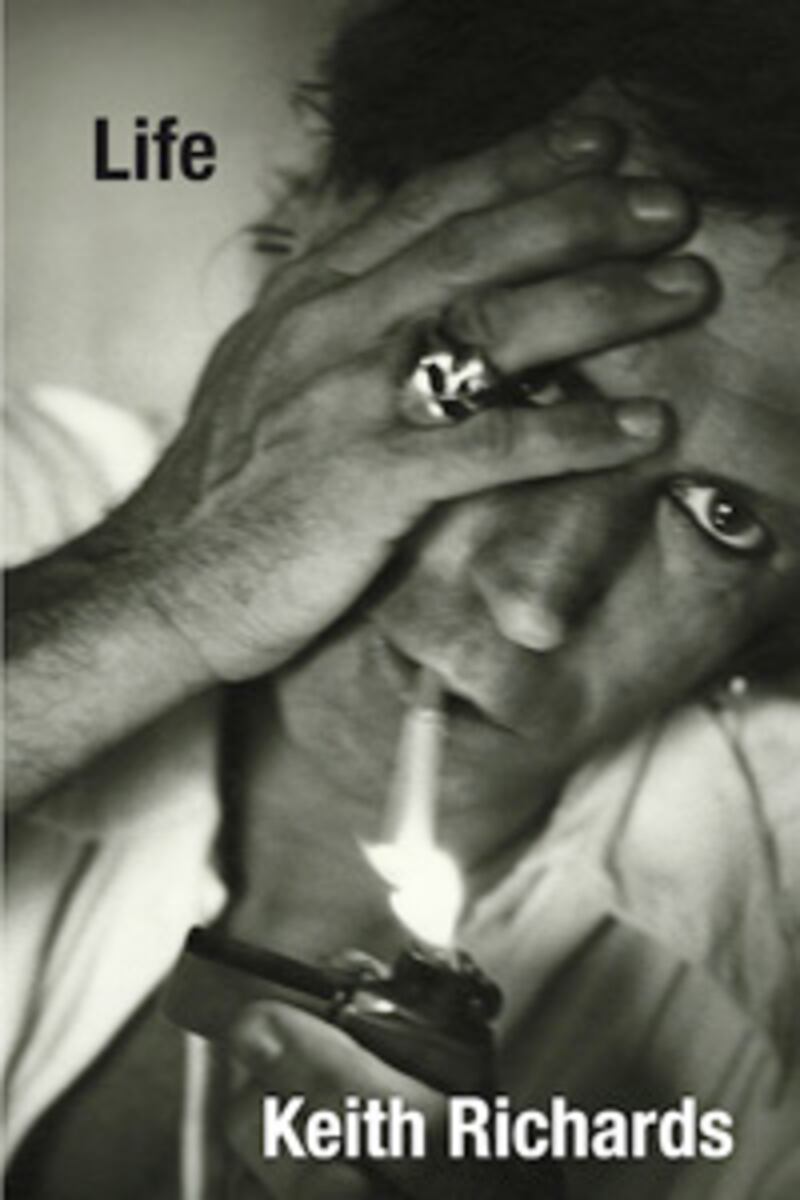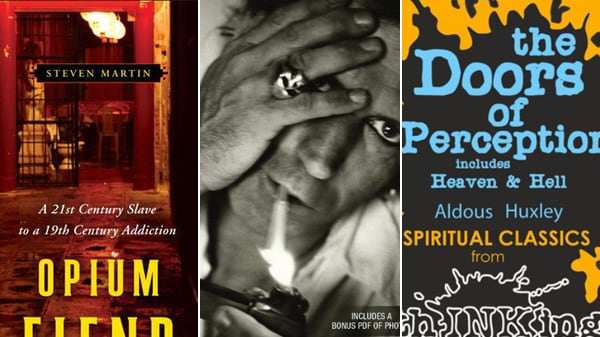Opium Fiend: A 21st Century Slave to a 19th Century Addictionby Steven Martin
Who would have thought that a San Diego native would single-handedly create and nearly monopolize the market for traditional East-Asian opium paraphernalia? On the road to becoming the world’s authority on the masterfully crafted pipes and numerous tools needed to properly vaporize the drug in the 19th century Chinese tradition, Martin’s inquiries lead him to chandu, a concentrated, undiluted form of opium nearly lost to history. He partakes in the smoking of chandu in order to properly learn each object’s purpose in the ritual—he even makes some valuable discoveries of his own. But as he continues smoking with his new friends, hoping to learn the guarded secrets of these few surviving Westerners who witnessed the violent end of China’s long opium romance, Martin fails to notice the looming danger of this new habit—and it nearly costs him everything.

Confessions of an English Opium EaterBy Thomas de Quincey
Never could the word “ordinary” describe Thomas de Quincey, who was born in 1785 in Manchester, England. Already a scholar at the University of Oxford by age 15, de Quincey proceeded to drop out of school, battle financial difficulties as a young man, and eventually find himself in the depths of an opium addiction from which he never recovered. With the publication of Confessions, de Quincey earned himself a permanent place among the English Romantics of the early 1800s. Confessions will satisfy your curiosity…or exacerbate it.
The Doors of PerceptionBy Aldous Huxley
Humphry Osmond could not have wished for a more articulate guinea pig than Huxley, who recounts his first experience tripping on mescaline, the psychoactive ingredient derived from the peyote cactus. Osmond administered it to Huxley in 1952, before the chemical’s reclassification as a drug by the U.S. government. Huxley eagerly recounts his child-like fascination with everything from the flowers in his garden to the California sunset. Though in many ways an immature piece of nonfiction by modern drug-user standards, The Doors of Perception should not be overlooked; it strongly influenced the drug-obsessed writers of the ‘60s and ‘70s, such as Tom Wolfe, Timothy Leary, and Hunter S. Thompson—not to mention giving the name to The Doors.
Naked LunchBy William Burroughs
Allen Ginsberg and Jack Kerouac found William Burroughs high on heroine in a Tangiers hotel. Scattered on the floor were pages of what would become Naked Lunch. Even after the Beatnik duo edited and published the manuscript, the final product still resembles the original chaotic state in which they discovered it. If you can stomach characters with changing names and personalities, decapitation and orgy, fictional countries and places, and a plethora of drugs, you’ll be treated to an experience of a dark, deranged apocalypse.
The Psychedelic Experience: A Manual Based on the Tibetan Book of the DeadBy Timothy Leary
As a professor at Harvard University, Timothy Leary’s experiments with LSD before its classification as a drug by the U.S. government attracted the attention of the media. After losing his position at Harvard, Leary went on to spend a lifetime advocating the use of psychedelic drugs for the purposes of “consciousness expansion.” Nothing can properly prepare a human being for a trip, but Leary’s manual comes close. Not to be confused with Naked Lunch or Electric Kool-Aid Acid Test, this book emphasizes the internal intellectual and religious (hence the Tibetan Book of the Dead subtitle) elements of the psychedelic journey into the self. Leary’s guide will prove a treat for a deep-thinking user…err, reader.
The Electric Kool-Aid Acid TestBy Tom Wolfe
Expand your mind with the book that introduced a generation of young Americans to the power of lysergic acid diethylamide, otherwise known as LSD. Wolfe, perhaps the only sober member of the journey, documents Ken Kesey and his Merry Pranksters as they embark on the original psychedelic bus tour in 1964 that would become almost commonplace by the end of the decade. This firsthand account of the birth of the hippie identity is a must-read in order to understand, and thus transcend, the first American image of a hallucinogenic drug-user.

Fear and Loathing in Las VegasBy Hunter S. Thompson
With the two-part publication of Fear and Loathing in Las Vegas in 1971, Thompson perfected his style of “gonzo” journalism, though he embellishes the details of this epic journey, leaving the reader with an understanding of the events as they seemed, not as they precisely were. Under the alias of “Raoul Duke,” Thompson sets off for Vegas in a last-ditch attempt to rekindle the dying spirit of the 1960s. Jump in Duke’s 1971 Chevrolet Impala with Dr. Gonzo, attorney-at-law, and a kid they picked up somewhere around Barstow (also known as “Bat Country”) and get ready for fear and loathing—just don’t forget your Acapulco shirt.

The Night of the GunBy David Carr
Everything but a James Frey redux, David Carr’s The Night of the Gun takes the reader on a 400-page documented journey through interviews with friends, photographs, and medical records as the author retraces his life as a drug addict, with a family and a career to boot. Carr emerges as an anti-hero who you cannot bring yourself to hate, despite smoking crack cocaine with his pregnant girlfriend and more. You might laugh, you might cry, but you’ll definitely enjoy.
More, Now, Again: A Memoir of AddictionBy Elizabeth Wurtzel
You want drugs? With Elizabeth Wurtzel, you’ve got drugs—400 milligrams of Ritalin per day, to be precise. But don’t expect complete despair in More, Now, and Again. Wurtzel stands out as the rare author willing to tackle the sheer absurdity of her own actions. She mocks her weaknesses openly, refusing to play the helpless victim, and thus turns this ordinarily depressing tale into a tragic comedy.
Tweak: Growing Up on MethamphetaminesBy Nic Sheff
Tweak is a modern memoir of adolescent and young-adult drug addiction. Sheff’s parents divorced when he was just 4 years old. Splitting his time between Los Angeles and San Francisco, Sheff fell into multiple substance addictions that took him years to recognize as a serious threat to his health. Readers should expect alcohol, marijuana, cocaine, ecstasy, heroine, and crystal meth, but not without a much-needed dose of hope to bring the story to an optimistic ending. Sheff still battles the after-effects of drug addiction to this day.

LifeBy Keith Richards and James Fox
With the seemingly invisible aid of ghostwriter James Fox, Keith Richards makes no attempt to censor his decades-long drug frenzy that followed him from the dressing room of the Altamont Free Concert to the basement of Villa Nellcôte. But Life doesn’t deconstruct every myth of his life—“Keef” keeps the reader wrapped tightly around his finger when he conjures up his rumored Switzerland blood transfusion. His story is not all drugs. “It’s 30 years since I gave up the dope,” writes the guitar-riff master.






